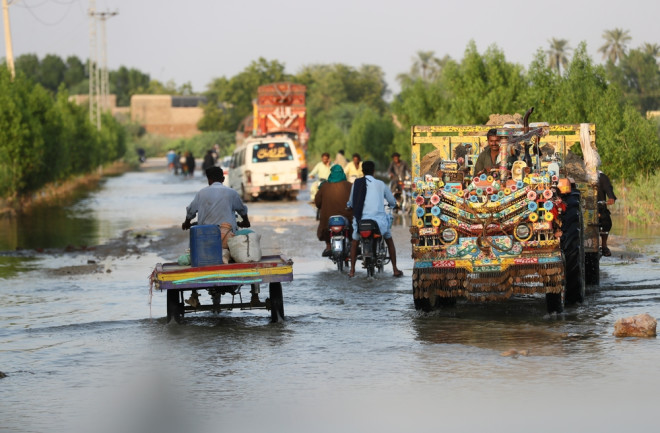In June 2022, Pakistan started to receive an abnormal amount of rain. Within a month, the downpours had submerged substantial swaths of the country.
Wherever the water accumulated, it brought destruction and death. And though the rain stopped several months ago, millions of people are still affected by its wreckage. With this in mind, what were the causes and the consequences of these floods, and what part, if any, did climate change play in the development of the disaster?
What Were the Causes of the Floods?
Pakistan receives almost all of its precipitation in a single season, with around 70 to 75 percent of its annual rain accumulating in June, July, August and September. That said, the amount of precipitation in the country's traditional monsoon months tends to fluctuate from year to year, with some years seeing much more rain than others.
In 2022, Pakistan saw "a monsoon on steroids,” according to U.N. Secretary-General António Guterres, with the country receiving around 250 percent of its average rain in August. And certain parts of the country were hit harder, being battered by anywhere from about 600 to 800 percent of their August averages. At one point in the disaster, patches of Pakistan’s most populous province, Sindh, were barraged by almost 15 inches of rain in a single day.

